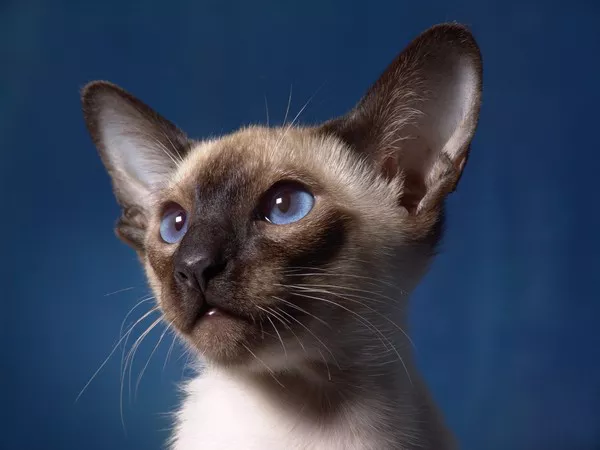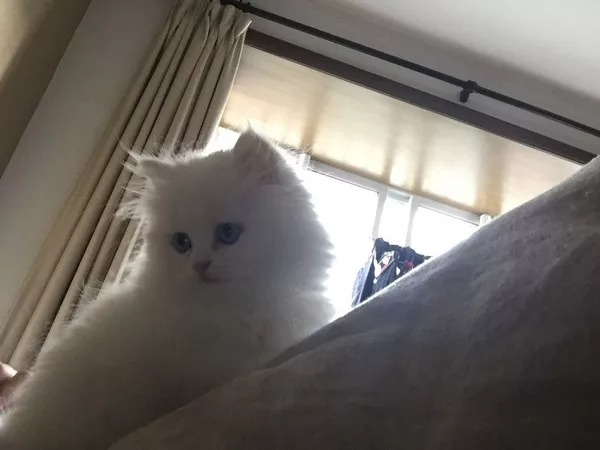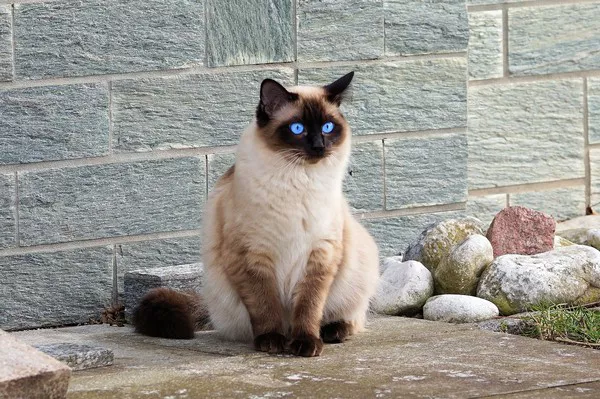Conservation groups are urging state governments in Australia to implement measures aimed at containing pet cats, which are estimated to be responsible for the deaths of approximately 323 million native animals annually. This call comes on the heels of a draft national plan unveiled by Environment Minister Tanya Plibersek to address the issue of feral cats, in which she acknowledged the need to manage domestic cats effectively.
The government’s feral cat plan is reminiscent of a threatened species strategy introduced in 2015 by former Environment Minister Greg Hunt. This strategy set a target to cull 2 million feral cats by 2020, a goal later criticized for its shaky scientific foundation.
Conservation organizations, including the Nature Conservation Council and the Invasive Species Council, are now advocating for changes to New South Wales state legislation that currently hinders local councils from implementing cat containment policies.
Domestic cats pose a dual threat to native wildlife, according to Prof. Sarah Legge from the Australian National University. They hunt themselves, albeit at lower rates than feral cats, but their high population density in urban areas magnifies the predation toll per square kilometer. Additionally, if pet cats are not spayed or neutered, they can contribute to the feral cat population through unwanted litters.
Research by Legge, conducted for the Invasive Species Council, suggests that roaming pet cats are responsible for the deaths of 546 million animals annually in Australia, including 323 million native animals. Despite common misconceptions, evidence indicates that nearly all roaming pet cats engage in hunting native wildlife.
An estimated 71% of all pet cats in Australia have the freedom to roam, and of these, 78% are hunters. Tragically, most of the animals (85%) killed by pet cats are not brought home, leaving a significant impact on native wildlife.
To address the issue, some Australian states have already implemented cat containment policies. Victoria has seen success with dusk-to-dawn or 24-hour cat containment measures in many local councils. In Queensland, 74 out of 77 councils have implemented 24/7 containment rules.
The pillars of responsible cat ownership, according to Legge, include registration, identification, capping the number of cats kept, desexing, and containment. However, there is a lack of consistency across states and jurisdictions regarding these measures.
Conservation groups, including Birdlife Australia, Wires, and the Australian Wildlife Society, are calling on the New South Wales government to amend the NSW Companion Animals Act 1998 to enable local councils to enforce anti-roaming laws for pet cats. A similar regulatory pathway improvement is needed in Western Australia.
Cat containment is seen as a win-win, benefiting both native wildlife and feline health. Cats kept indoors experience lower vet bills, reduced risk of accidents or injury, and a longer lifespan. Ultimately, it prevents them from hunting birds, mammals, frogs, and reptiles.
The emphasis is on supporting local governments in enacting and enforcing these laws, resourcing their efforts, and garnering public support for these measures. While addressing the feral cat problem is challenging, solving the pet cat problem, as Legge notes, is straightforward: “Keep your cat indoors – problem solved.”






















